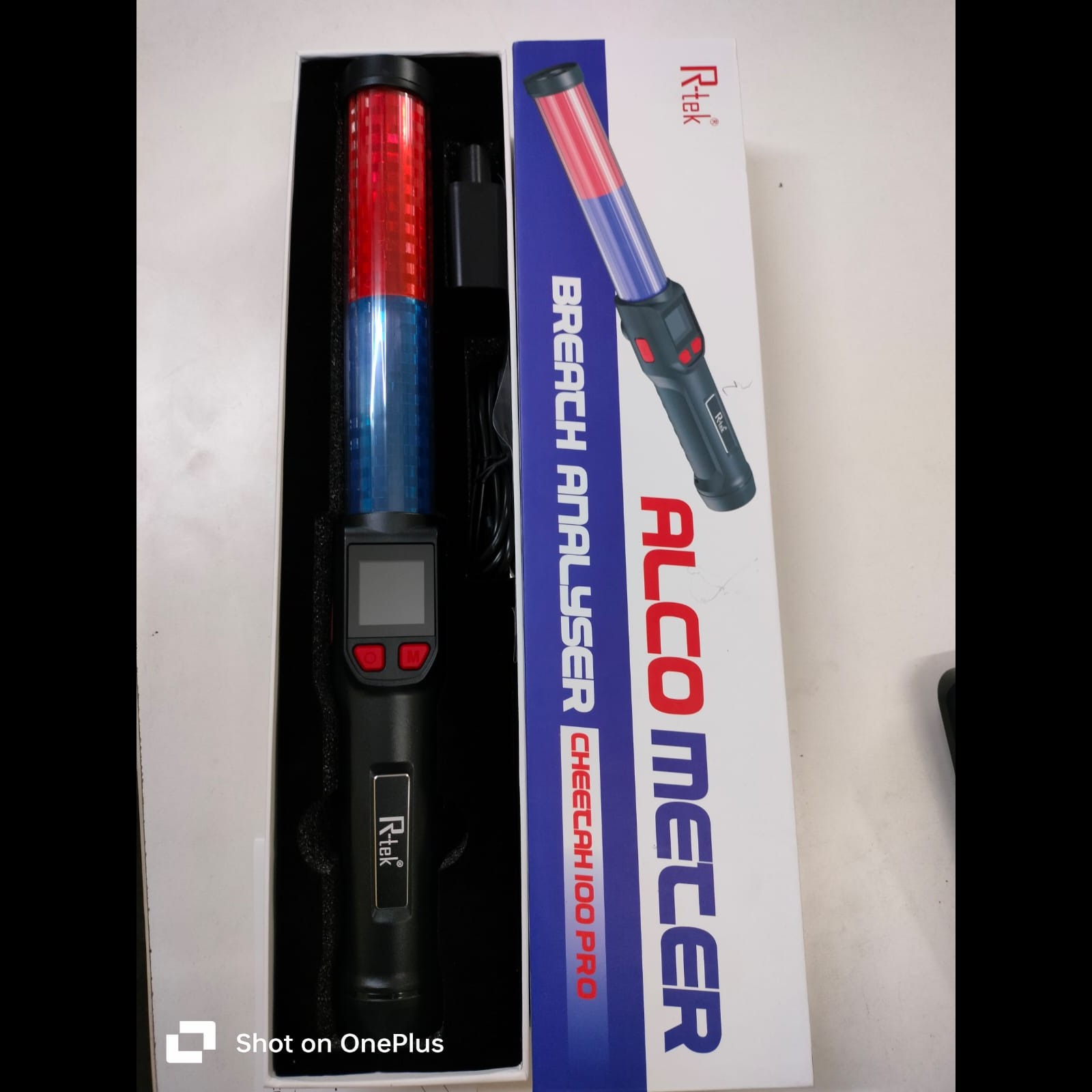
2025-08-23T08:11:11
An alcometer is a device that measures the amount of alcohol in a person's breath (a breathalyzer) or in a liquid like a distilled spirit. The term 'alcometer' is commonly used for both types of devices, with the context determining which is meant. Breath alcometersThis type of alcometer, also known as a breathalyzer, estimates a person's blood alcohol content (BAC) by measuring the amount of alcohol in their breath. How it worksBreath alcometers use different sensor technologies to detect and measure alcohol vapor. Fuel cell sensors: These are considered the 'gold standard' for accuracy in law enforcement. They oxidize alcohol in the breath to generate an electric current, with the strength of the current indicating the alcohol concentration. Semiconductor sensors: Found in many personal and handheld devices, these sensors use a tin oxide layer whose electrical conductance changes when it detects alcohol vapor. While less expensive, they can be less accurate and prone to interference from other substances. Infrared sensors: These devices use infrared spectroscopy to identify and measure the ethanol molecules in a breath sample. They are highly specific for ethanol and are often used in larger, stationary evidentiary devices. Uses Law enforcement: Police use both portable preliminary testers and more accurate evidentiary devices to check for driving under the influence (DUI). Workplace safety: Companies, especially in the transportation or manufacturing industries, use breath alcometers for on-site alcohol testing. Personal use: Individuals can use personal breathalyzers to self-test and make informed decisions about driving. Liquid alcometers This type of alcometer, a specialized form of hydrometer, measures the alcohol content of spirits and other liquids. It is designed for distilled spirits and becomes inaccurate if sugars or other dense ingredients are present. How it worksLiquid alcometers work on the principle of density. A hollow glass tube with a weighted bulb is placed in the liquid. The device floats at a certain level based on the liquid's density. Since alcohol is less dense than water, a higher alcohol concentration causes the alcometer to sink lower. A scale on the side of the device indicates the alcohol by volume (ABV) percentage, which must be corrected for temperature for maximum accuracy. Uses Distilling: Distillers use liquid alcometers to measure the alcohol percentage during and after distillation. Brewing (indirectly): Brewers use a standard hydrometer to measure a liquid's specific gravity before and after fermentation. The difference is then used to calculate the alcohol content.

Have a question? Ask here!
Required fields are marked *